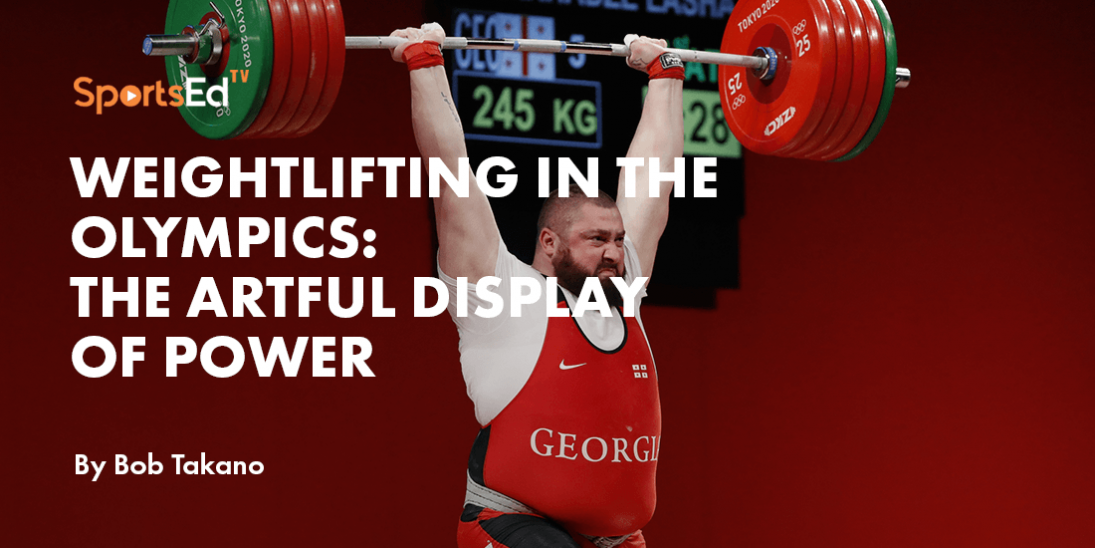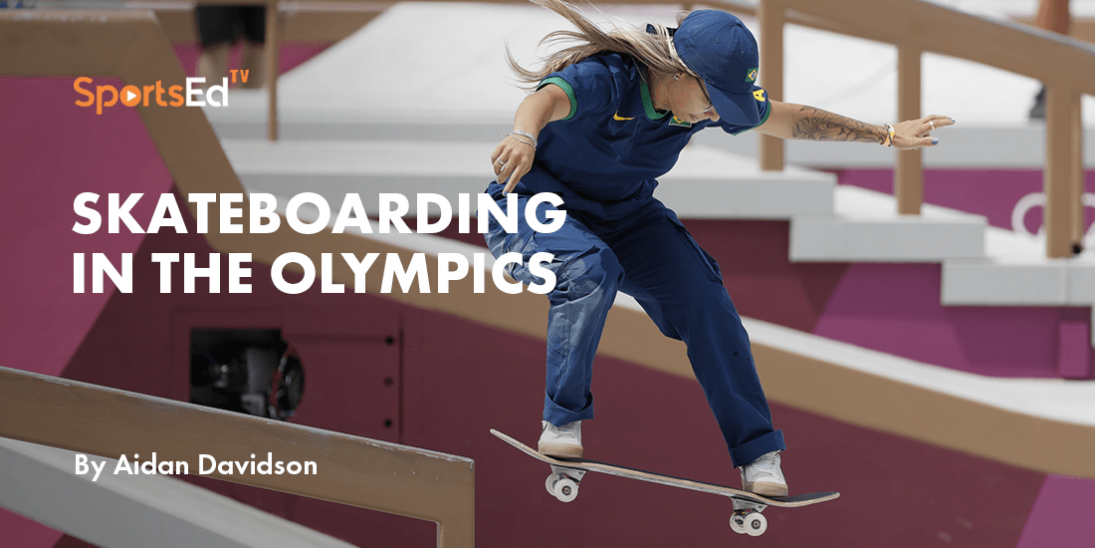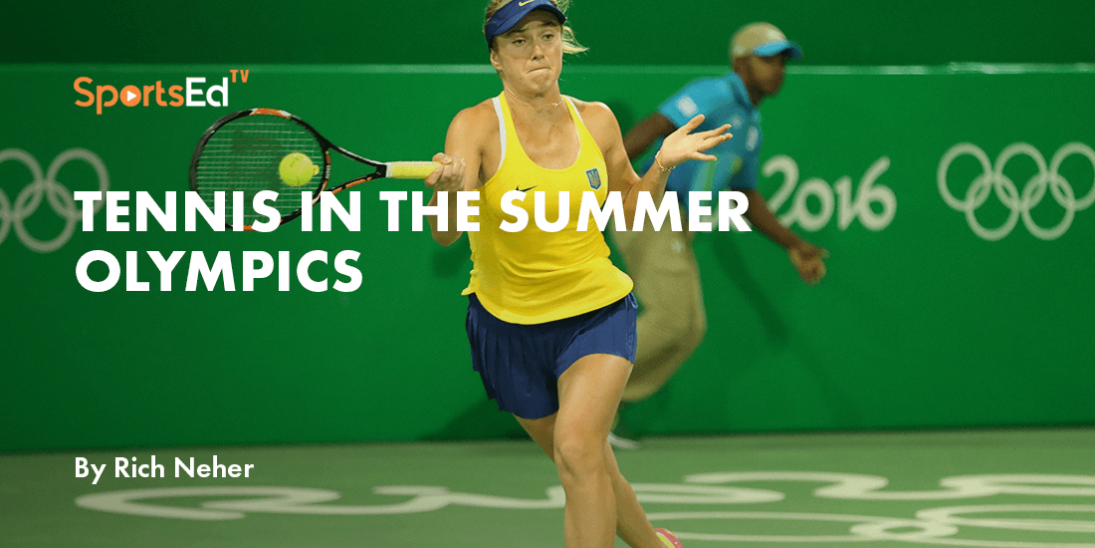Summer Olympics
Welcome and thanks for visiting...

Field Hockey in the Summer Olympics
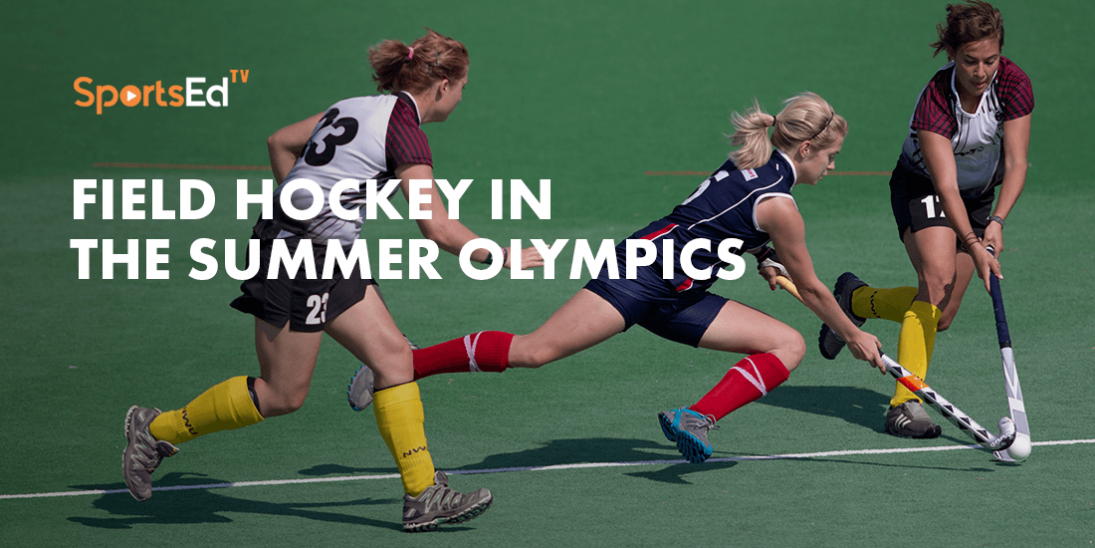
Field Hockey has been a staple of the Summer Olympics for decades.
With a history of over a century, the sport has evolved, showcasing the skills and teamwork of athletes worldwide.
Here, we show the Olympic history of Field Hockey, explore its important rules, examine the formats of the competitions, and understand how teams qualify for this prestigious event.
Field Hockey Olympic History
Field Hockey made its Olympic debut at the 1908 London Games, and since then, it has become an integral part of the Summer Olympics. The sport has witnessed tremendous growth and development with its fast-paced gameplay and intricate strategies.
Both men's and women's tournaments have been featured consistently since the introduction of women's Field Hockey in 1980.
Over the years, nations like India, the Netherlands, Australia, and Germany have left an indelible mark on the Olympic stage, showcasing their prowess and claiming numerous medals. Field Hockey has become a battleground for intense competition, where skilled athletes display their mastery of stickwork, agility, and teamwork on the fields of play.
Field Hockey Field Dimensions
The dimensions of a Field Hockey field are standardized by the International Hockey Federation (FIH). The field is rectangular, and its dimensions are as follows:
The length of the field is typically 91.4 meters (100 yards). The width of the field is 55 meters (60 yards).
The field is marked with lines to define the playing area and key zones, including the shooting circle, goal lines, and sidelines.

The Shooting Circle
The shooting circle, the striking circle, or the scoring circle is a crucial area on the field that surrounds each goal. Its dimensions are as follows:
Radius: The shooting circle has a radius of 14.63 meters (16 yards).
The circle is marked in front of each goal and is used for various purposes, including penalty corners, penalty strokes, and goal-scoring.
Players can score goals only when the ball is within this circle.
Goal Dimensions
The goals in Field Hockey are an integral part of the playing field, and their dimensions are standardized as well.
The width of the goal is 3.66 meters (4 yards). The height of the goal is 2.14 meters (7 feet).
The goals are positioned at the center of each goal line, and the objective is to score by propelling the ball between the goalposts and beneath the crossbar. Goalkeepers play a crucial role in defending the goal, using their skills and protective gear to prevent the opposing team from scoring.
These standardized measurements ensure consistency and fairness in the game, allowing for a level playing field in international competitions and adhering to the rules and regulations set forth by the FIH.
Field Hockey Teams
A Field Hockey team comprises 11 players, each with specific roles and positions contributing to the game's overall strategy. The team makeup consists of four forwards, three midfielders, three defenders, and a goalkeeper. Here's a breakdown of player positions and their responsibilities:
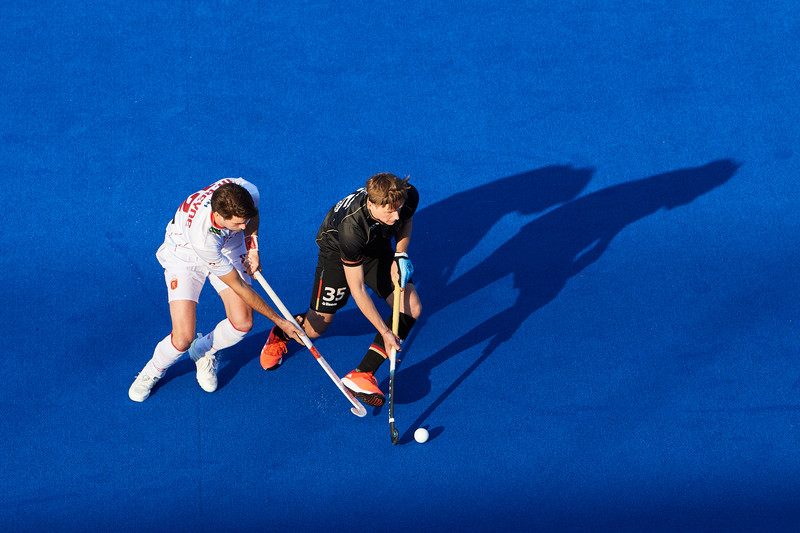
Forwards
Positioned in the attacking third of the field, forwards are responsible for creating scoring opportunities and converting them into goals. They often possess excellent stick skills, speed, and agility. The center forward plays a pivotal role in orchestrating attacks and distributing the ball to teammates.
Midfielders
Situated in the middle section of the field, midfielders act as a link between the forwards and defenders. They play a dual role of supporting attacks and defending against the opposition's advances. Midfielders are known for their endurance, as they cover a significant portion of the field and contribute to ball circulation.
Defenders
Positioned in the defensive third, defenders aim to thwart the opponent's attacks and protect their own goal. The fullbacks and center-backs work in tandem to intercept passes, block shots, and clear the ball from the defensive circle. Strong tackling skills, strategic positioning, and effective communication are essential for defenders.
Goalkeeper
Positioned within the goal circle, the goalkeeper is the last line of defense. They use specialized gear, including pads and a helmet, to block shots and prevent the opposing team from scoring. Goalkeepers possess quick reflexes, excellent spatial awareness, and the ability to make crucial saves.
Key Rules of Olympic Field Hockey
Field Hockey is a dynamic and strategic sport governed by a set of rules that ensure fair play and exciting matches. Some crucial rules include:
Field Hockey Match Duration
A standard Field Hockey match comprises four quarters of 15 minutes each, with a halftime break.
Scoring
Goals are scored when the ball crosses the goal line between the goalposts and beneath the crossbar. Penalty corners and penalty strokes provide additional scoring opportunities.
Offsides and Fouls
Players must stay on their respective sections of the field, and fouls result in free hits or penalty corners, depending on the severity.
Half-field Restriction and Player Movement
In Field Hockey, players are required to stay within their designated halves of the field during certain phases of the game. This rule is particularly important to maintain fair play and strategic balance and prevent teams from exploiting the entire field simultaneously.
At the beginning of the match and after the start of each quarter, all players must be in their respective halves. This ensures a fair distribution of players across the field and prevents any team from gaining an immediate advantage.
Stick Regulations
Players must use a flat-faced stick with a rounded handle, and certain stick dimensions are strictly enforced.
Free Hits and Self-Pass
When a free hit is awarded due to infractions, the player taking the free hit must pass the ball to a teammate. During this phase, players from both teams must be at least 5 meters away from the player taking the hit. This helps in creating space for the attacking team.
Penalty Corners
In the case of a penalty corner, players from the defending team, except for the goalkeeper, must be positioned behind the backline. Meanwhile, attackers must stay outside the shooting circle until the ball is played. This rule prevents overcrowding and ensures a structured and fair attempt at a goal.
Adhering to these half-field restrictions ensures a level playing field, strategic gameplay, and fair opportunities for both teams to execute their tactics. It adds an extra layer of complexity to the sport, requiring teams to navigate and exploit the field strategically while following the rules set by the International Hockey Federation (FIH).
Competition Formats
Olympic Field Hockey tournaments feature a preliminary round followed by knockout stages. Teams are divided into groups, and round-robin matches determine the standings. The knockout stage includes quarterfinals, semifinals, and the bronze and gold medal matches. The competition format ensures that only the best teams advance to the final stages, creating a thrilling spectacle for fans.
Qualification for Olympic Field Hockey
Teams qualify for the Olympic Field Hockey tournament through a combination of continental championships and a world qualification process. The International Hockey Federation (FIH) oversees the qualification process, ensuring representation from various continents. The host nation also receives an automatic spot in the tournament.
Men's and Women's Field Hockey
While the fundamental rules and formats remain the same for both men's and women's Field Hockey, there are some nuanced differences. Notably, women's Field Hockey made its Olympic debut in 1980, 72 years after the men first competed. The women's game has since gained popularity and recognition.
For more on Olympic sports, see: https://olympics.com/en/




